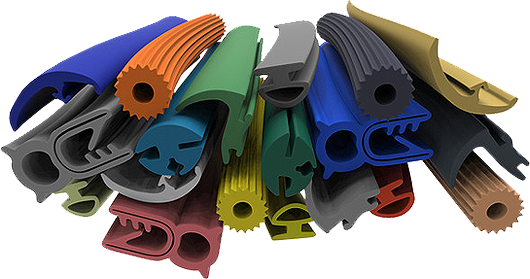For those engaged in product
improvement, designing, and different from giving applications, rapid
prototyping (RP) technology can offer a fantastic deliverable for different
applications. Prototyping can be utilized for idea age, ergonomic testing, test
fitting, utilitarian testing and even little clump creation.
There are different rapid
prototyping advancements accessible for utilizing including Fused Deposition
Modeling (FDM), Stereo lithography (STL), Selective Laser Sintering (SLS), and
3D Printing. Every one of these technologies has points of interest and
disservices.
Fused Deposition modeling
technology is advertised financially by Stratasys, which additionally holds a trademark on
the term. Like most other RP forms FDM deals with an "added
substance" guideline by setting down material in layers. A plastic fiber
or metal wire is loosened up from a curl and supplies material to an expulsion
spout which can kill on and the stream. The spout is warmed to soften the
material and can be moved in both flat and vertical bearings by a numerically
controlled system, straightforwardly controlled by a PC helped plan programming
bundle. In a comparable way to stereo lithography, the prototype is developed
from layers as the material solidifies instantly after expulsion from the
spout.

Stereo lithography is an added substance manufacture process using a vat of fluid UV-reparable photopolymer "tar" and a UV laser to assemble parts a layer at any given moment. On each layer, the laser pillar follows a section cross-segment design on the surface of the fluid tar. Presentation to the UV laser light cures, or, hardens the example followed on the gum and clings it to the layer beneath.
Particular laser sintering is
an added substance fast assembling procedure that uses a powerful laser to meld
little particles of plastic, metal, artistic, or glass powders into a mass
speaking to a coveted 3D question. The laser specifically intertwines powdered
material by examining cross-areas created from a 3D advanced depiction of the
part on the surface of a powder bed. After each cross-segment is examined, the
powder bed is brought down by one layer thickness, another layer of material is
connected to finish everything, and the procedure is rehashed until the point
when the part is finished.
Generally, all rapid prototype
frameworks require a 3D PC prototype to begin the procedure. By and large, a
lot of record planning must be embraced to get a document to produce a right
fast prototype.
As a major aspect of the
advancement procedure, a few organizations may utilize one or a few fast
prototyping technologies in-house. Be that as it may, being another
"bleeding edge" technology, numerous organizations can make
utilization of administrative authorities to give their fast prototyping as the
need ends up apparent. Most administration authorities have itemized sites to
market and serve their clients.
Sooner rather than later, rapid
prototype technology will turn out to be more far-reaching and invade even to
the home. For the time being, however, for opportune and master conveyance, the
utilization of an administrative department is the ideal path for most
imaginative organizations, people, and associations.
















